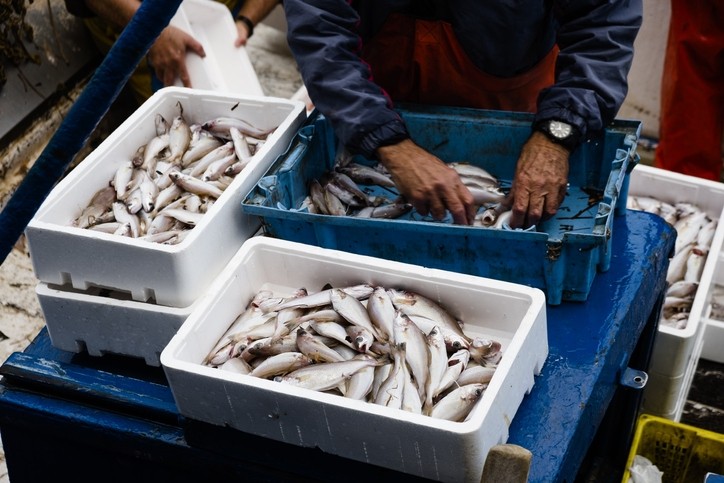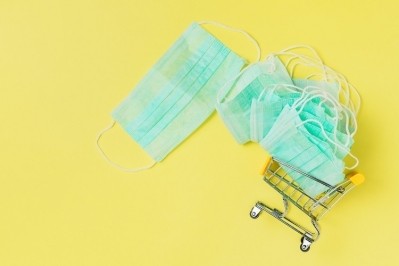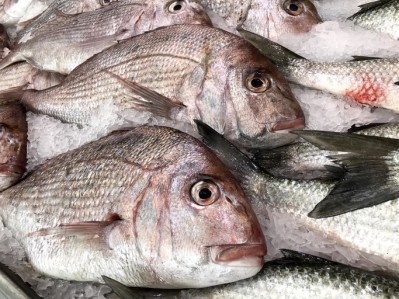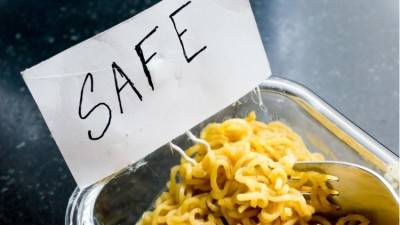Hook, line and stinker: Iron, chromium, cadmium and nickel levels in Red Sea fish exceed recommended concentrations

Other metals such as manganese, copper and lead concentrations were found to be safely below the recommended levels.
Published in the Saudi Journal of Biological Sciences, researchers said these findings indicated that the Red Sea was contaminated with heavy metals, which was reflected in the tissues of fishes used in this study.
Heavy metals in the marine environment are not only a threat to fish health but also a risk to human health.
Data collection
Researchers analysed five commercial fish species caught from the Red Sea, Jeddah Coast, Saudi Arabia.
The five species are the brownspotted grouper, squaretail coralgrouper, black pomfret, goldbanded jobfish, and blueskin seabream.
These were collected from the landing site for fishing boats operating in the Red Sea, immediately washed with fresh water and placed in clean ice boxes for transportation to the fisheries research laboratory at the Zoology Department, College of Science, King Saud University.
Muscle tissues were removed from the fishes to measure heavy metal concentration (mg/kg) via the inductively coupled plasma mass spectrometry (ICP- MS). The heavy metals analysed were chromium, manganese, iron, nickel, copper, cadmium, and lead.
Iron
Of all the elements examined, the concentration of iron in the tissues of fishes was the highest.
Black pomfret has the highest level of Iron (188.60 mg/kg), while the lowest was found in the brownspotted grouper (81.60 mg/kg).
There was no indication of standard iron guidelines in this study. Iron concentration may have been high in this study because of decreased grain sizes, increased organic matter, and the nearby industrial pollution input of anthropogenic metal.
Chromium
The chromium level in goldbanded jobfish (113.60 mg/kg) was highest, while that of brownspotted grouper (38.60 mg/kg) was lowest.
The United States Food and Drug Administration (USFDA) set a maximum permissible chromium level of 12–13 mg/kg for fishes, while the European Union (EU) set the permissible level at 0.5 mg/kg wet weight.
The chromium levels in fish species used in this study did not meet this permissible level, indicating that the Red Sea has a higher chromium concentration which may be due to long-term contamination.
Jeddah is located on the central western coast in the kingdom of Saudi Arabia and is an important area for shipping, industry, and urbanisation. Fishes can be contaminated through agricultural evacuation, industrial effluent discharge, and petrol from fishing boats.
Cadmium
The cadmium concentration was highest in black pomfret (5.10 mg/kg), and lowest in goldbanded jobfish (1.70 mg/kg).
Cadmium can cause hepatic and renal injuries in fishes and mammals. It may also cause coronary artery disease, high blood pressure, and chronic human pulmonary disorders.
The USFDA recommends a limit of 0.01–0.21 μg/g for fish, while EU sets a limit of 0.05–0.1 mg/kg.
The high cadmium concentration in this study may be due to anthropogenic activities in the Red Sea.
Nickel
Goldbanded jobfish had the highest accumulation of nickel at 92.10 mg/kg, while the brownspotted grouper had the lowest concentration at 17.30 mg/kg.
Nickel can cause severe pulmonary health problems, such as lung cancer, fibrosis, emphysma, tumors and kidney diseases.
The Western Australian Food and Drug Regulations set the permissible level of nickel to 5.5 mg/kg wet weight.
Since the concentrations were higher in this study, researchers explained, “there has been a long period of untreated industrial waste discharge, which could have contaminated the marine environment.”
Manganese, copper and lead
In the study, the levels of manganese, copper and lead were within the permissible limits set by the authorities.
The highest level of manganese was found in black pomfret at 5.40mg/kg, and the lowest in Blueskin seabream (3.10mg/kg).
The level of manganese permissible as set by FAO/WHO is 12.97 mg/kg.
The highest copper level (18.90 mg/kg) was detected in black pomfret, while the lowest (7.70 mg/kg) was recorded in blueskin seabream.
The recommended concentrations for copper was between 20mg/kg wet weight or 30mg/kg fresh weight. Copper is an important trace element in fish metabolism and is important for haemoglobin synthesis in many enzyme reactions, although in high concentration can cause hepatic and kidney damage.
The lead concentrations in the five fish species ranged from 0.7 to 0.8 mg/kg, not exceeding the maximum level of 2mg/kg. In high concentrations, lead can cause neurotoxicity and nephrotoxicity.
Overall, black pomfret and goldbanded jobfish showed the highest heavy metal concentration. Researchers blamed the overloading of industrial waste and water disposal from Jeddah for the heavy metal contamination in fish, specifically iron, chromium, cadmium and nickel.
Although, they concluded that the fishes caught from the Red Sea were still generally safe for human consumption, but the amount consumed should be controlled under the FAO/WHO guidelines.
Source: Saudi Journal of Biological Sciences
https://doi.org/10.1016/j.sjbs.2020.12.038
“Nutritional value and bioaccumulation of heavy metals in muscle tissues of five commercially important marine fish species from the Red Sea”
Authors: Elsayed M. Younis, et al.














